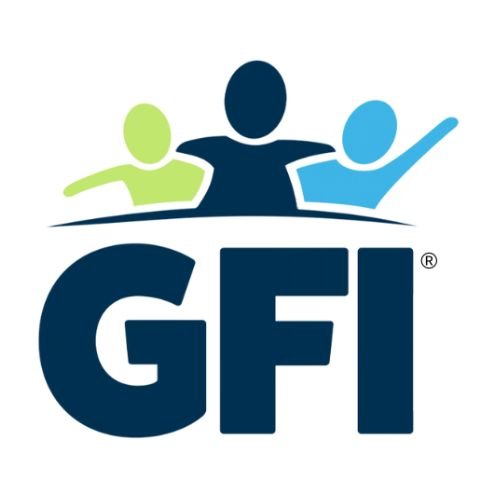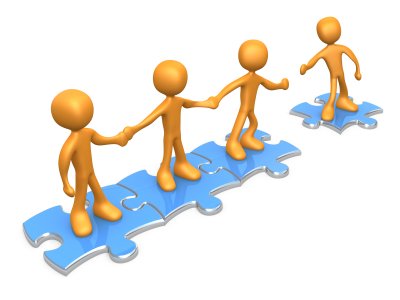What comes after Awareness?
It's a busy month in the Good Friend calendar: Autism Awareness Month. We caregivers are all bustling about with blue in our 'dos and shining our lights and wearing our puzzle piece pins. And as my own children with ASD get older (they're now 14 and 11), they're taking more notice of all the buzz. As they take more notice and I explain in more depth, it all adds to their self-awareness. So in our household, Autism Awareness Month really is a triple threat (and I mean that in a benign way): It's important to me as a mom, to our organization's work, and to my kids as people with ASD.
One of the tweets I (follow ChelseaMB) posted on World Autism Awareness Day was met with the following question: "after aware, then what?" [sic]. For me, the reply took far fewer than 140 characters and was instant: Just what #GoodFriendInc stands for: ACCEPTANCE and EMPATHY! I didn't need to ponder that. It's what I've been focused on through Good Friend for the last five years, and even longer as a mom.
Good Friend's philosophy is that you can't explain what you can't name, so Awareness is step one. That's what makes Autism Awareness Month so foundational. But it cannot stop there. Once we are aware, we work toward understanding. Understanding leads to Acceptance. That's step two. When we move into understanding autism on an experiential level, we foster Empathy. This is the step where the magic happens. Once we've felt what it might be like for our friends with autism, we can become natural supports for them. We will remember what we've learned when we see our friend or colleague with autism struggling, and will respond in a constructive -- versus judgmental -- way.
Constructive responses lead to successful interactions. And more than anything else, success begets success.
So while I realize that blue for autism in April won't create autism-friendly jobs in May, it certainly does create opportunities for discussions! Seize those opportunities to discuss with your students, your co-workers, and your community members. Create awareness of the strengths of individuals with ASD. Create awareness of the resources in your community, or discuss what's lacking and call the stakeholders to the collaborative table to figure out how it can be manifested. Self-advocates: Improve self-awareness of your talents and capitalize on them. Become aware of what supports might be there for you and put those tools in your toolbox.
Awareness is the foundation; keep building!


